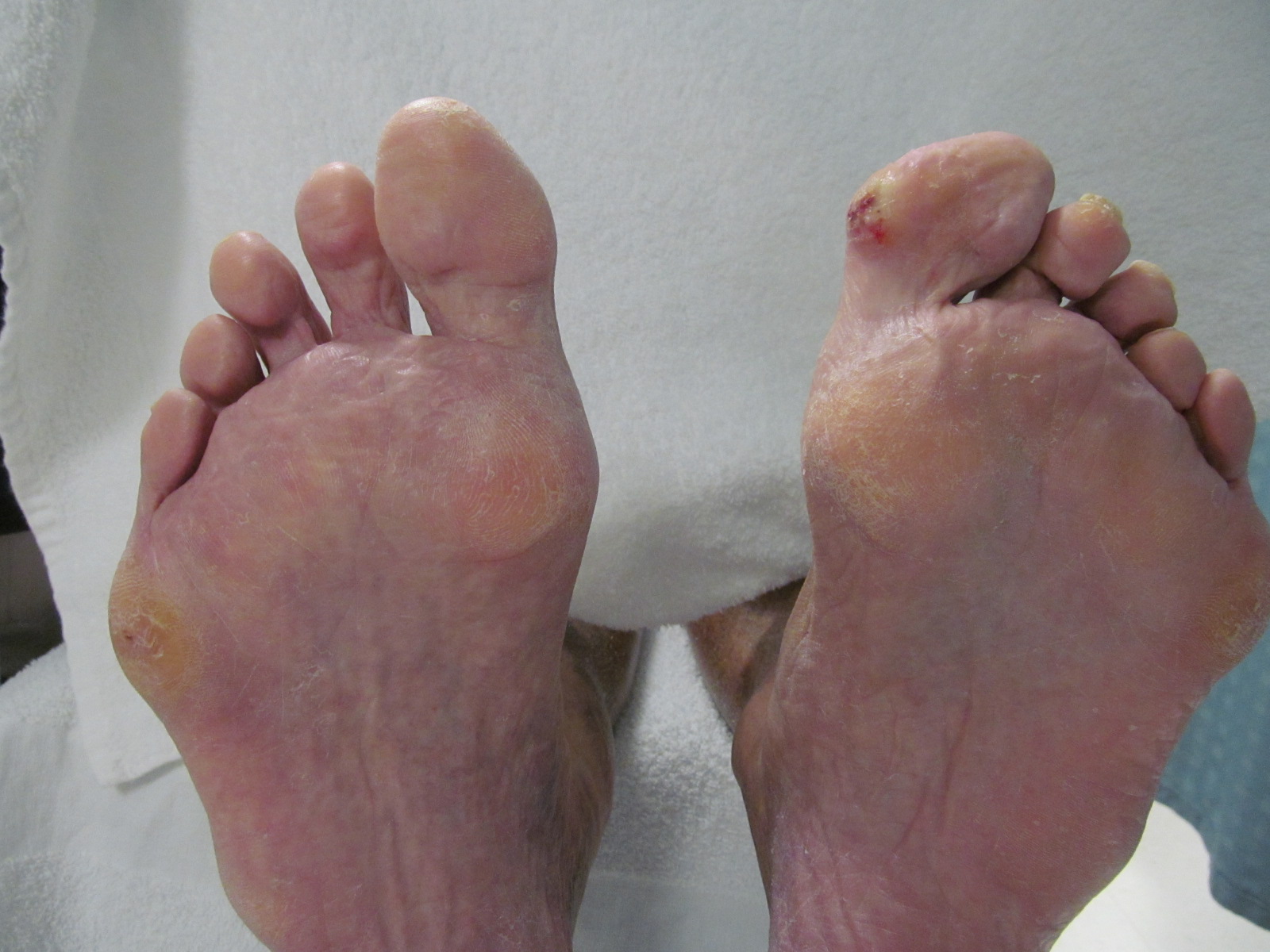#ShowYourToes
Please join AAWC during the month of July, 2022, for our #ShowYourToes challenge! Post a photo of toes to social media with the hashtags #showyourtoes #sockitTOEme #saveyourtoes. Or, submit your photo, and we will post for you to the AAWC channels directly. Toe pathology is an important diagnostic tool, so we encourage everyone to get comfortable showing their feet by posting a photo of their toes during the month of July. And we do mean everyone - Clinicians, patients, caregivers, friends and family... Feet of all kinds. We want to see them all. Thank you for helping to spread awareness that toes are an important diagnostic tool!
#NuggetofKnowledge
In June's #NuggetofKnowledge, AAWC Communications Committee Chair Dr. Maria Goddard previewed the Show Your Toes challenge, and also providing a little foot exam tip.
AAWC blog posts
We have two new blog posts relating to our "Show Your Toes" initiative:
- Show Your Toes by AAWC board member Jenneffer Pulapaka, DPM, DipABLM, CWSP, DABMSP, FACCWS, PCWC. She explains why it is important to show your toes during your next annual exam. Often, patients overlook, cannot see, or do not recognize a problem. The toes, feet, and legs tell a story about chronic conditions like peripheral vascular disease and Diabetes.
- Now is the season to … SHOW YOUR TOES! by AAWC Communications Committee member Teresa Ustanik, MBA, CCMA, CCHW, MHFA. She discusses how removing one’s socks and shoes to allow the doctor to check the feet for sores, skin color changes and numbness, might just save the limbs or life by detecting issues that are often hidden without this inspection. Underlying problems often present on the feet first. Early detection of abnormal signs leading to disease might help prevent any irreversible conditions.
Weekly Show Your Toes quizzes
We will be posting a photo to our social media channels on Tuesday each week in July with four multiple-choice options. We will post the correct diagnosis on Thursdays.
Quiz #1:
The toes in this photo have which of the following disorders?
- Buerger's disease
- Onychomycosis
- Peripheral arterial disease
- Tinea pedis
The correct answer is #2 - Onychomycosis.
Quiz #2:
A patient presents with the wound on the distal great toe as seen in this photo. Vascular studies confirm peripheral arterial disease with an ankle brachial index of 0.3. What would be the appropriate wound care for this patient while waiting for revascularization procedure to be performed?
- Debride all the necrotic tissue and apply hydrogel and film dressing.
- Apply enzymatic debrider and foam dressing.
- Cleanse with antiseptic, apply a dry dressing, and protect from further pressure with a post-op shoe with a plastazote insert.
- Cleanse with alcohol and have patient wear athletic shoes.
The correct response is #3 - Cleanse with antiseptic, apply a dry dressing, and protect from further pressure with a post-op shoe with a plastazote insert.
Quiz #3:
A patient with a history of Type 2 diabetes presents with this swollen 4th toe with a non-healing wound. What is the probable cause of the visible symptoms?
- Cellulitis
- Osteomyelitis
- Pressure injury
- Trauma with fracture
The correct response is 2) Osteomyelitis.
Quiz #4

The fat pad migration seen on the left foot of this patient may be an early sign of which of the following disorders?
- Cardiac disease
- Cryoglobulinemia
- Diabetes
- Thromboangiitis obliterans
The correct response is 3) Diabetes.
For more information on this and related topics, be sure to register for the AAWC Annual Conference November 10-12 in Salt Lake City!
|

